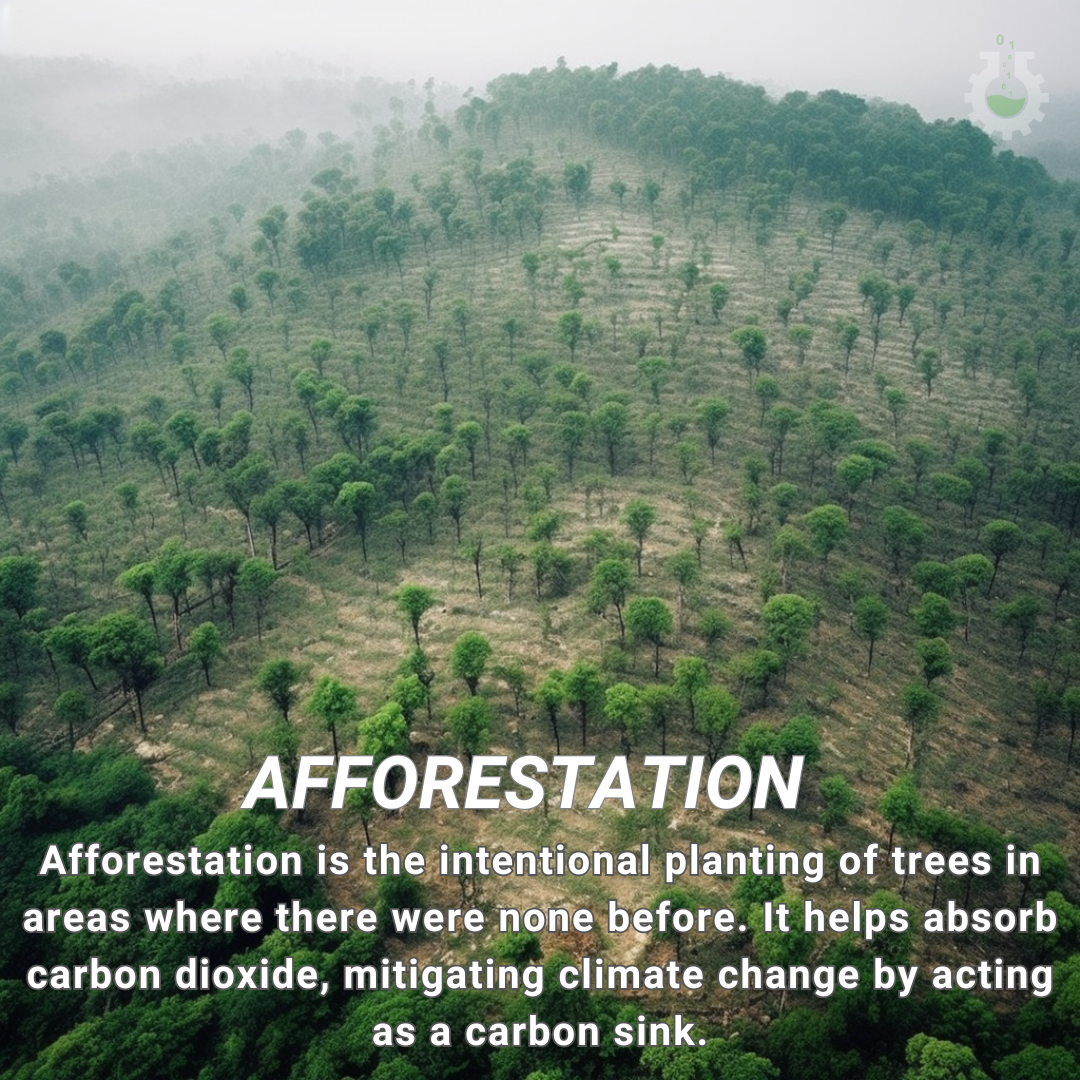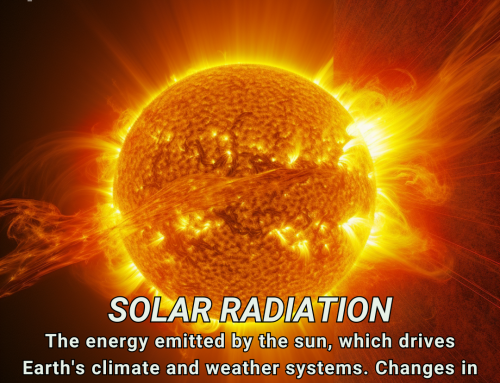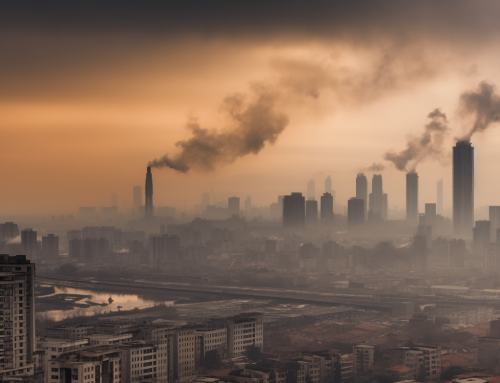
Today’s Climate Change Poster Collection focus on Afforestation, a critical environmental process that involves the introduction of trees and plants in areas that previously lacked them, either naturally or artificially. This process is not only crucial for restoring ecosystems but also contributes significantly towards combating climate change. There are three primary types of afforestation, each with its unique characteristics and advantages.
Natural regeneration is one of the primary types of afforestation where nature is left to its own devices to recover. This method requires minimal human intervention and allows the ecosystem to restore itself gradually. The second type, agroforestry, is a more controlled approach that involves integrating trees into agricultural systems. This method is beneficial for improving biodiversity, enhancing crop production, and providing additional income for farmers. Commercial plantations, the third type of afforestation, focus primarily on planting trees for commercial purposes, including paper production and timber.
The benefits that come with afforestation are numerous. One of the most notable advantages is carbon sequestration – the process by which trees capture and store harmful carbon dioxide from the atmosphere. This natural process helps reduce the amount of CO2, a major contributor to climate change. In addition to this, afforestation can lead to increased rainfall and prevent topsoil erosion. It also serves as a habitat for various wildlife, thereby promoting biodiversity.
Various government and non-government organizations actively participate in afforestation efforts. These organizations recognize the importance of increasing carbon capture to combat the escalating threat of climate change. Moreover, the creation of new forests can significantly improve soil quality and organic carbon levels, which can help prevent desertification, a severe environmental issue affecting many parts of the world.
Closely related to afforestation is reforestation, a process that involves restoring deforested areas through tree planting and seeding. Both afforestation and reforestation can be practiced for several purposes, including conservation, restoring ecosystems, establishing fertile soil, or for commercial purposes such as maintaining wood output for pulp and timber.
While afforestation and reforestation offer potential solutions to reduce atmospheric carbon and aid in combating climate change, they are not without challenges. Factors such as climate change itself, human-induced changes to landscapes, and the increasing demand for wood can affect the effectiveness of these processes.
While there are challenges to overcome, the potential benefits of afforestation and reforestation are too significant to ignore. It is, therefore, crucial to continue supporting and investing in these efforts as part of a larger strategy to combat climate change and preserve our planet for future generations.
Discover an inspiring collection of climate change poster.






